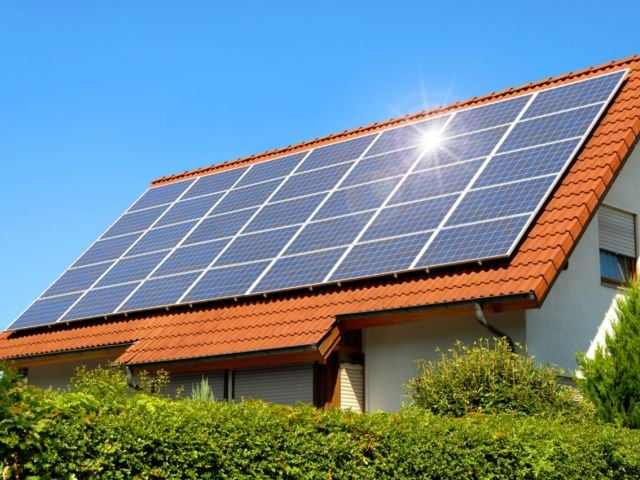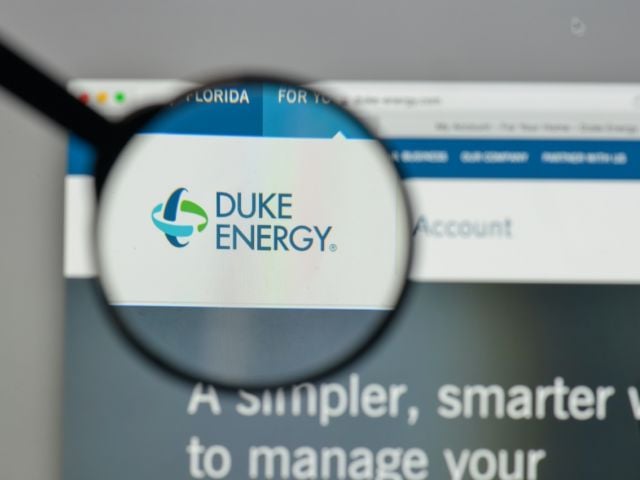WASHINGTON – Coal-fired energy continues its free fall in the U.S. as renewables keep rising, according to the latest federal data.
The Energy Information Administration’s Electric Power Monthly shows that the amount of electricity generated by coal fell by more than 13 percent in the first half of this year, whereas electricity from solar power grew by more than 10 percent. Utility Dive reports that the EIA expects coal to generate less than one-fourth of the nation’s energy this year, compared with about half only a decade ago.
Despite President Trump’s repeated promises to miners he will “save coal” and his administration’s failed attempt to prop up the coal industry, its outlook remains bleak:
- Last week, Moody’s Investors Service downgraded its rating of the U.S. coal sector from “stable” to “negative.” And Moody’s projects that by 2030 coal will supply just 11 percent of the nation’s electricity.
- The EIA says that in the first half of this year, electric utilities used 21 percent less coal than in the same period last year.
- Some of the nation’s largest and dirtiest coal plants will close by the end of this year, including the super-polluter Navajo Generating Station, in Arizona.
“It’s no mystery why coal is on the way out,” said Grant Smith, EWG’s senior energy policy advisor. “Old plants get increasingly expensive to run as they age and can readily be replaced by cheaper, cleaner and safer renewable energy sources.”
“The industry’s hope that carbon-capture technology will save coal is a pipe dream,” Smith said. “Coal will never again be able to compete with solar and wind energy. There is simply no rationale for continued support of coal.”
Solar and wind combined now make up roughly 20 percent of all electricity generated in the U.S. As reported in North American Wind Power, EIA data show that in the first half of this year, generation from all renewable power sources matched that of nuclear power and is closing in on coal. Over the past decade, the cost of solar and wind power fell by nearly 90 percent and 70 percent, respectively.
###
The Environmental Working Group is a nonprofit, non-partisan organization that empowers people to live healthier lives in a healthier environment. Through research, advocacy and unique education tools, EWG drives consumer choice and civic action.


